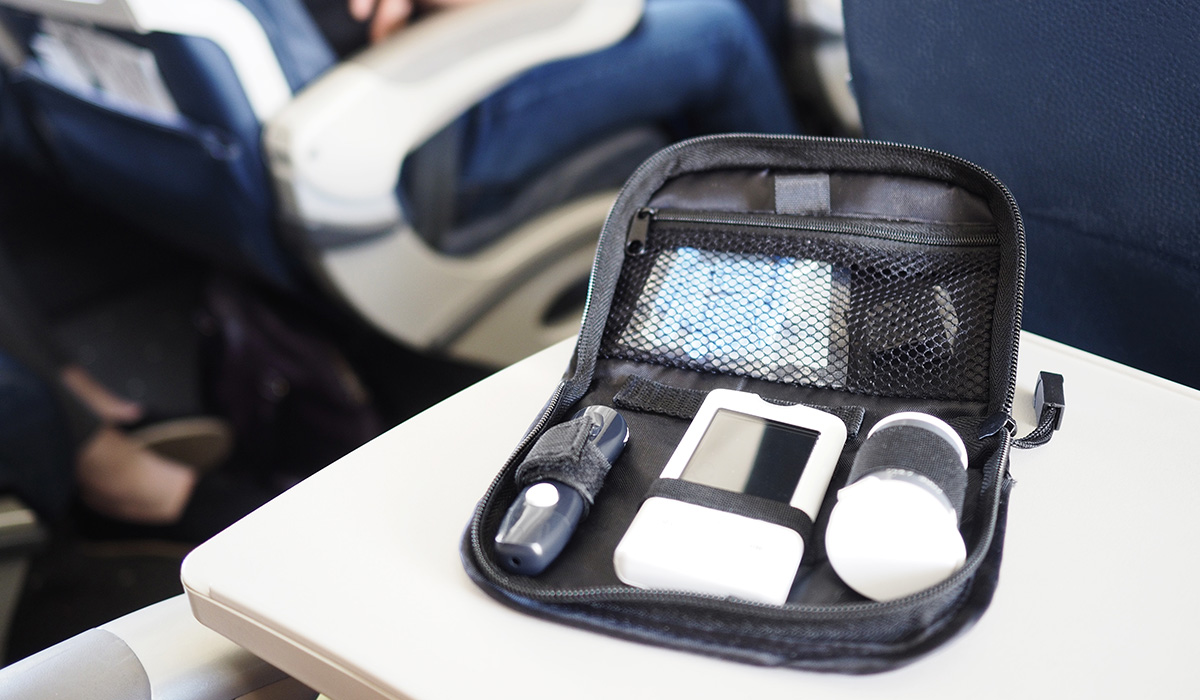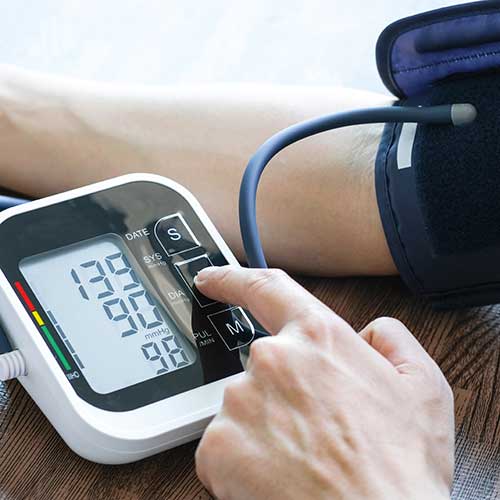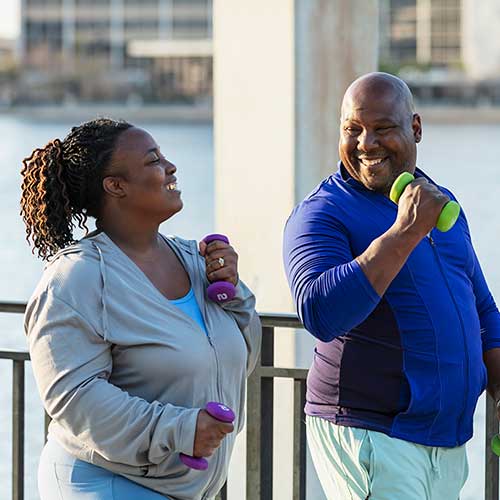April 2017
Just as it’s important for every family to have a disaster kit on hand, it’s important for people with diabetes to have a diabetes emergency kit. If you must evacuate to a shelter, there is no guarantee the staff will have the supplies on hand to deal with your condition. If you are sheltering at home, you should be able to take care of your own medical needs for at least three days.
Assemble the names, addresses and phone numbers of all the members of your medical team in one directory. This should include your primary care physician, endocrinologist, certified diabetes educator, nutritionist, dentist, ophthalmologist and/or other specialists such as cardiologist, podiatrist, etc.
Prepare a list of all the medications you take including the name, dosages and frequency, the prescribing doctor and your pharmacist’s name and number. You should also know what types of insulin you take (if you are insulin dependent) and which brand you can substitute for your own brand if it’s not available. Include the contact information and policy numbers for your health-insurance provider.
Carry a copy of those lists in your wallet at all times and include a copy in your emergency diabetes kit(s). Consider purchasing and wearing a medical alert ID. In an emergency, when you can’t speak for yourself, a medical alert bracelet provides emergency professionals immediate information about your condition and it could save your life.
Prepare one diabetes emergency kit for the car and another for the house. A small plastic shoe box or other easy-to-carry container will do the trick. The car diabetes emergency kit can be left in the trunk, though you’ll need to schedule periodic inventories to make sure the supplies have not expired. Include the following items:
- Test strips, control solutions, back-up meter, extra batteries
- Alcohol swabs, lancets, bacterial wipes and syringes or pen needles (if insulin dependent)
- Ketone test strips, ketone meter (and instructions on how to read) if necessary for monitoring for ketoacidosis
- Insulin
- Pump supplies (if you use an insulin pump)
- Glucagon, glucose tabs or fast-acting sugar for lows
- Copies of all user manuals and warranties for gadgets
- Oral medication (3 days minimum)
Source: Defeat Diabetes Foundation



